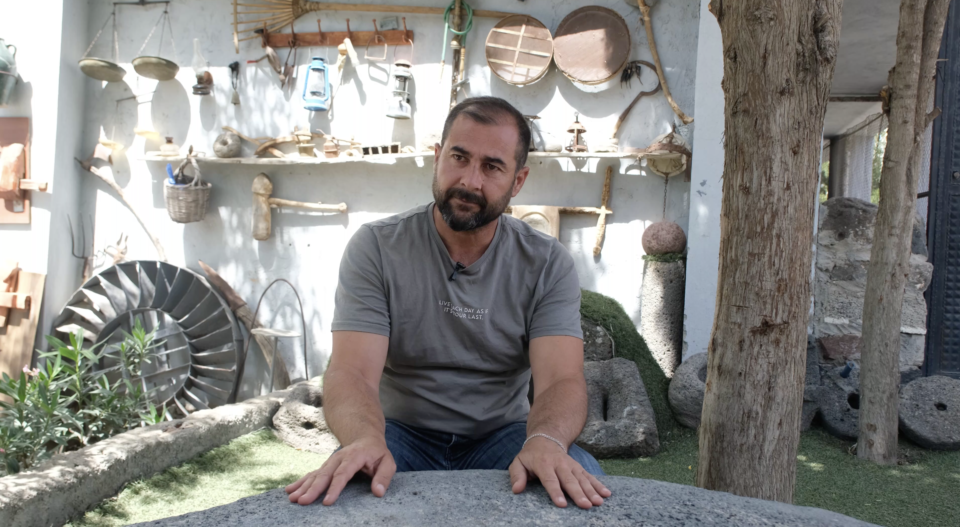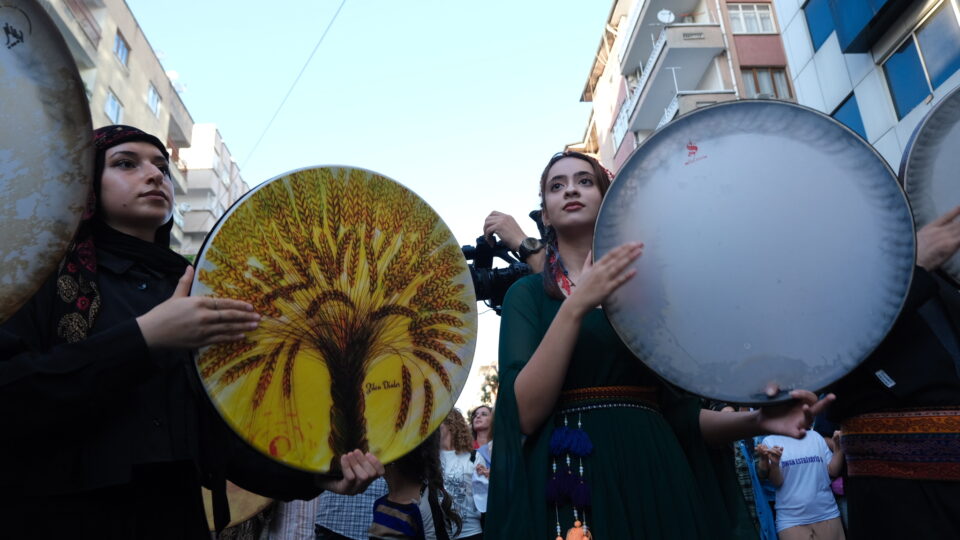
A few old folk songs in İnler Village: Oral culture that lives in memory
23.04.2025
He made Konya’s steppe green
23.04.2025The Celikan Tribe is one of the Kurdish tribes settled in Central Anatolia.
The tribe’s migration adventure spanning centuries is not just a displacement, but the story of a people’s struggle for existence, resistance and search for identity.
The First Migration: From Botan to Şêxan
The first migration of the Celikans began in the Şêxan region, which was then under the Botan Mirlik.
With the dissolution of the Mirlik, the tribe moved northwards and settled in the Hasankeyf Mirlik.
However, when this Mirlik also disbanded, the Celikans dispersed to three different routes:
A group went to Doğubayazıt and the Iranian border,
A group went to the Çelikhan district of Adıyaman,
Another group returned to the Şêxan region.
Exile and the Ottoman settlement policies
During this process, the tribe was subjected to the Ottoman Empire’s settlement and deportation policies.
The Celikans were exiled to the Raqqa Desert. However, the incompatibility with the Arab tribes here forced them to make a new migration.
This time, their route was the Amik Plain. However, the region was not suitable for animal husbandry.
The Baghdad campaign and the Sivas-Gürün connection
The Celikans supported the Ottoman Baghdad campaign.
In return, they were given an area near the Gürün district of Sivas that they could use as a summer pasture.
They continued their lives in the summer pasture-barracks system in Gürün during the summer and in the Amik Plain during the winter.
However, due to disagreements with other tribes, the Ottoman sultan issued a decree:
No one could migrate anymore, everyone would stay where they were.
Settlement in Central Anatolia: Kulu’s villages
After this decree, the Celikans, who wanted to continue animal husbandry, headed towards Central Anatolia.
After a long search for a place, they established several villages around the Kulu district of Konya starting in the 1800s.
The traces of the Celikan tribe still live in these villages today.
The memory of the tribe: Muzaffer Özgür’s report
Muzaffer Özgür, from Yeşilyurt village and also a writer for Bîrnebûn Magazine, described the Celikan Tribe’s long journey in detail for Şoperêç.
Özgür evaluates this migration not only as a displacement but also as a cultural and sociological transformation.
Migration Routes of the Celikan Tribe (Summary):
- Şêxan (Botan Mirship)
- Hasankeyf Mirship
- Doğubayazıt – Iran line
- Adıyaman – Çelikhan
- Rakka Desert – Amik Plain
- Sivas – Gürün Yaylası
- Konya – Kulu and its surroundings
Identity established through migration, a history living in memory
The migration story of the Celikan Tribe is not just a geographical adventure, but a people’s struggle to survive and protect their roots.
Ottoman policies, wars, conflicts and climatic conditions shaped this journey.
Today, traces of this migration continue to exist in some villages of Central Anatolia as language, culture, tradition and lifestyle.Knowing the history of tribes like the Celikans helps us understand not only the past, but also the present and the future.






